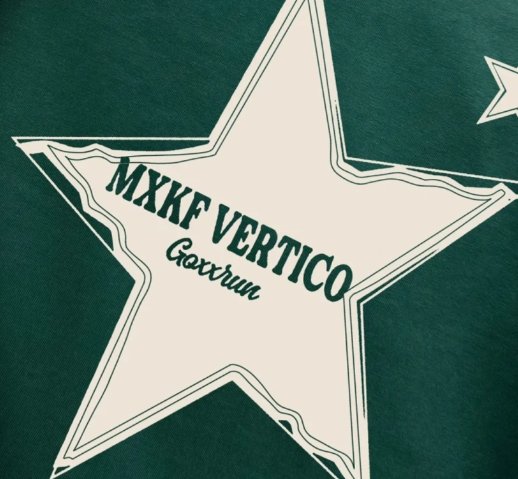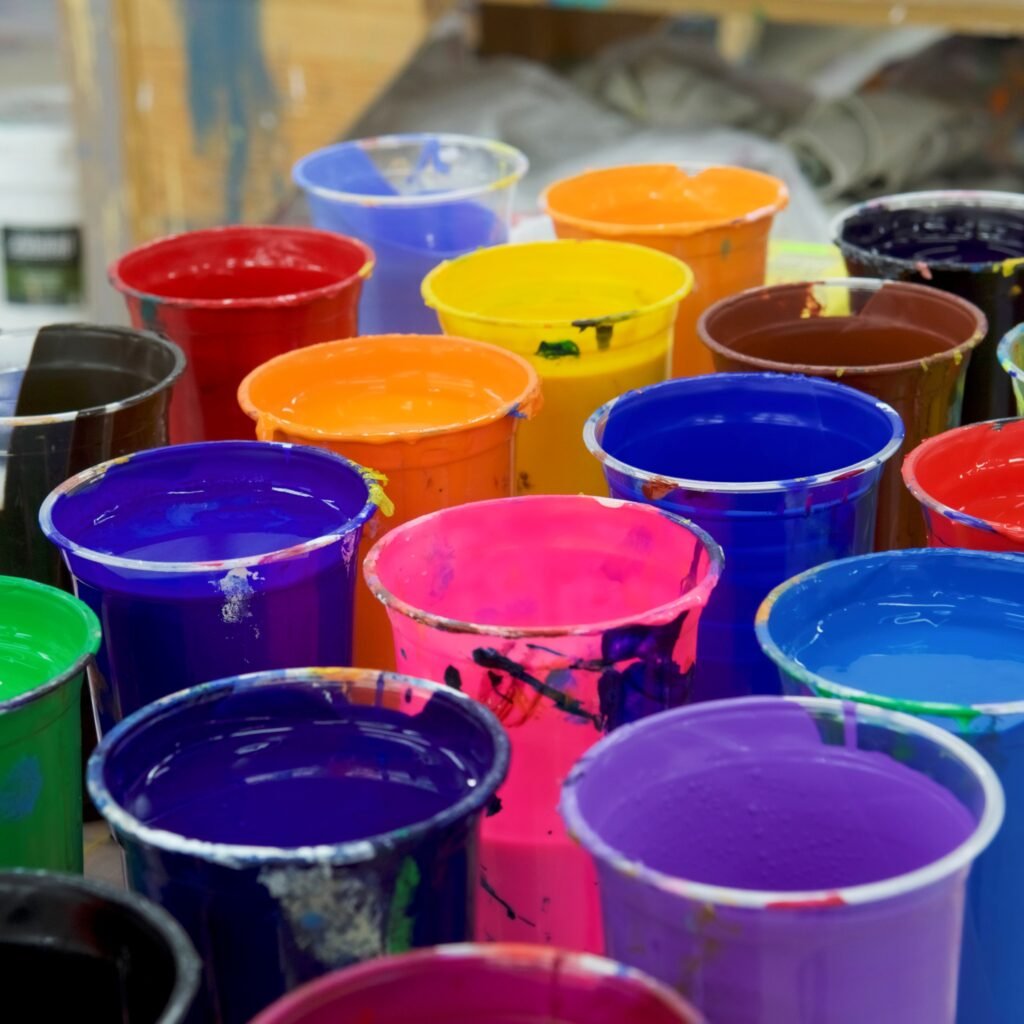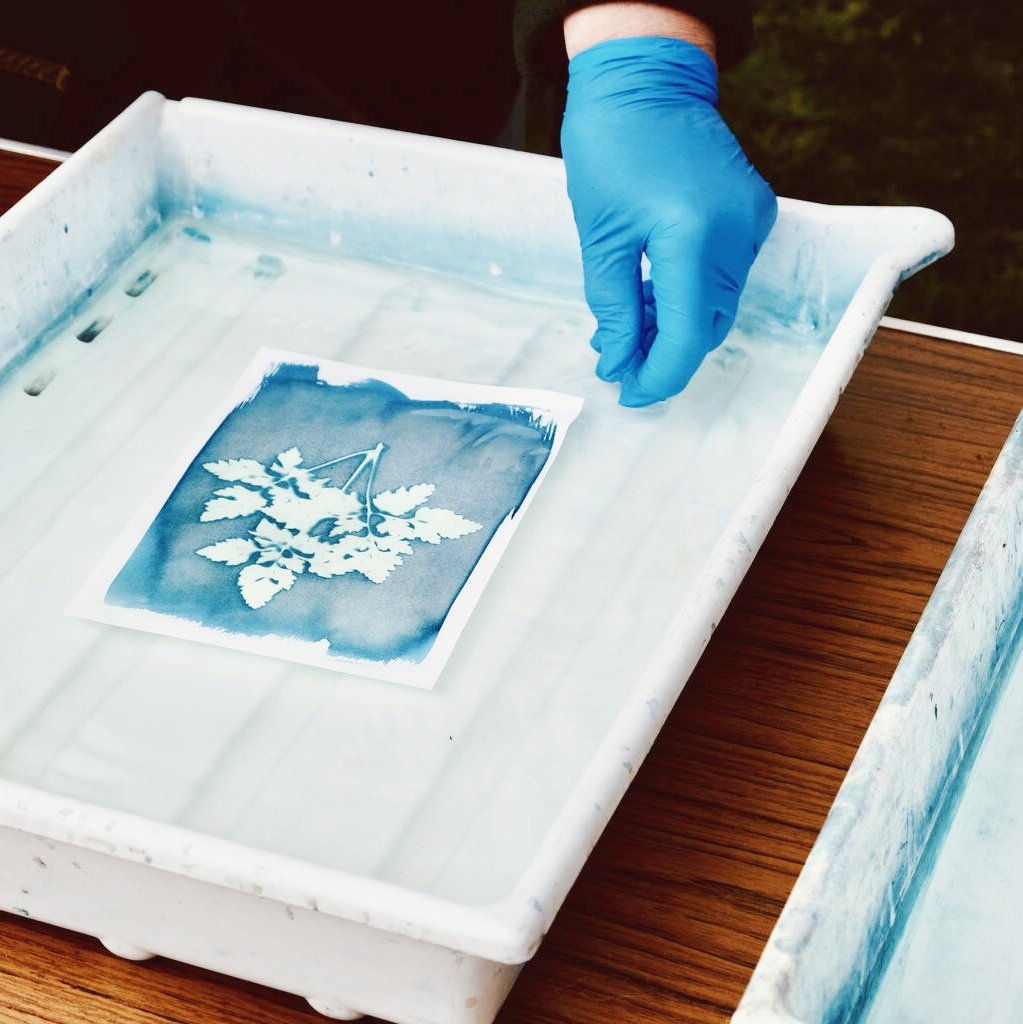Understanding the intricacies of matte black plastisol ink begins with recognizing its unique composition and how it stands out in the realm of printing inks. If you’re a plastisol ink supplier or someone involved in the textile or graphic printing industry, this guide will offer profound insights into the essence of matte black plastisol ink. Throughout this article, we’ll delve into its composition, differences from other inks, and why matte black plastisol ink is a preferred choice for numerous applications.
The Basics of Matte Black Plastisol Ink
Matte black plastisol ink, as the focus keyword suggests, is a type of printing ink that falls under the plastisol category. Plastisol inks are composed primarily of polyvinyl chloride (PVC) resin particles suspended in a plasticizer liquid. When heated, these particles fuse together, creating a durable and flexible print that adheres well to various substrates like fabric, plastic, and metal.
Matte black plastisol ink is distinguished by its absence of gloss, providing a sleek and non-reflective finish. This finish is particularly desirable for achieving a sophisticated and understated look in prints. The matte black hue adds depth and richness to designs, making it a favorite among graphic designers, artists, and printers.
Composition of Matte Black Plastisol Ink
Understanding the composition of matte black plastisol ink involves breaking down its primary components:
- PVC Resin: This is the backbone of plastisol inks. PVC resin particles provide the structural integrity of the print once fused together.
- Plasticizer: The plasticizer acts as a solvent that keeps the PVC resin particles suspended in a liquid state before application. It also affects the flexibility and softness of the final print.
- Pigment: In the case of matte black plastisol ink, the pigment responsible for the color is carbon black. Carbon black offers excellent opacity and coverage, ensuring that the print is dark and uniform.
- Fillers and Additives: These include various compounds that modify the ink’s properties, such as matte agents to achieve the desired non-reflective finish, stabilizers to enhance durability, and extenders to adjust viscosity.
- Matte Agents: These are crucial for creating the matte effect by scattering light and reducing surface reflection. They play a pivotal role in defining the aesthetic appeal of matte black plastisol ink.
Main Difference Between Plastisol Ink and Water-Based Inks
To appreciate matte black plastisol ink fully, it’s essential to understand how it differs from other types of inks, particularly water-based inks.
- Durability: Plastisol inks, including matte black plastisol ink, are renowned for their durability. They are resistant to fading, scratching, and washing, making them ideal for outdoor applications and high-wear fabrics. Water-based inks, on the other hand, tend to be less durable and more prone to fading over time.
- Flexibility: Plastisol inks offer exceptional flexibility, allowing prints to retain their integrity even when stretched or folded. This makes them suitable for printing on materials like spandex and elastic fabrics. Water-based inks are generally less flexible and may crack or peel when subjected to stress.
- Environmental Impact: Water-based inks are often considered more environmentally friendly due to their lower volatile organic compound (VOC) emissions and ease of disposal. Plastisol inks, while durable and versatile, contain PVC, which can be problematic for recycling and disposal.
- Application Process: Plastisol inks require heat to set, which can be energy-intensive. Water-based inks, in contrast, dry at ambient temperatures or with minimal heat, making them faster and more energy-efficient to apply.
Exploring Other Plastisol Ink Variants
While matte black plastisol ink is a standout option, other variants within the plastisol ink family offer diverse possibilities for creative expression and functional needs:
- Maroon Plastisol Ink: Maroon plastisol ink adds a warm and rich hue to prints, often used in branding and promotional materials. Its vibrant color and durability make it an excellent choice for outdoor signage and apparel.
- Maxopake Plastisol Ink: Maxopake plastisol inks are known for their exceptional opacity and brightness. They are ideal for creating bold and vibrant prints that stand out against various backgrounds. The Maxopake plastisol ink chart provides a comprehensive guide to selecting the right shade for your project, ensuring consistency and accuracy in color reproduction.
In-Depth Look at Matte Black Plastisol Ink Applications
Matte black plastisol ink’s versatility and unique aesthetic qualities make it a popular choice for numerous applications:
- Textile Printing: Its durability and flexibility make it ideal for printing on fabrics like T-shirts, hoodies, and athletic wear. The matte finish adds a modern and sophisticated touch to designs.
- Signage: Matte black plastisol ink is often used in outdoor signage due to its resistance to weathering and fading. It provides clear and legible text and graphics, even in harsh environments.
- Graphic Arts: Artists and graphic designers appreciate matte black plastisol ink for its ability to create striking and cohesive designs on various surfaces, including canvas, metal, and plastic.
- Product Labeling: Its opacity and coverage make it perfect for labeling products where clear and distinct information is crucial. The matte finish reduces glare, making text and graphics easier to read.
Case Studies and Real-World Applications
Consider a case study where a clothing brand wanted to create a sophisticated line of athletic wear with subtle yet impactful graphics. By using matte black plastisol ink, the brand achieved a modern and understated look that complemented the athletic wear’s functionality and aesthetic appeal. The ink’s durability ensured that the prints remained intact even after multiple washes and wear.
Another example is in the signage industry, where a business required durable and legible outdoor signs. Using matte black plastisol ink ensured that the signs were visible and clear, even in direct sunlight, maintaining their integrity despite exposure to the elements.
Conclusion
Matte black plastisol ink stands out due to its unique composition, durability, and aesthetic appeal. Its ability to provide a sleek and non-reflective finish makes it a preferred choice for numerous applications, from textile printing to outdoor signage. Understanding the differences between plastisol ink and water-based inks, as well as exploring other plastisol ink variants like maroon and maxopake, broadens the creative and functional possibilities. Whether you’re a graphic designer, artist, or printer, incorporating matte black plastisol ink into your projects can elevate their visual impact and durability.



